Imagine stepping outside your home into a space where the exterior walls tell a story of elegance and durability. Outdoor cladding, a critical yet often overlooked aspect of home design, plays a vital role in defining the aesthetics and functionality of a building. If you are a homeowner aiming to revamp your property’s façade, or a builder seeking to enhance structural resilience, understanding the nuances of outdoor cladding is essential. This guide will take you through the diverse world of cladding materials, styles, and installation techniques, providing you with the knowledge to make informed decisions and achieve stunning results. Let's embark on this journey to transform your exteriors and elevate the look of your property.
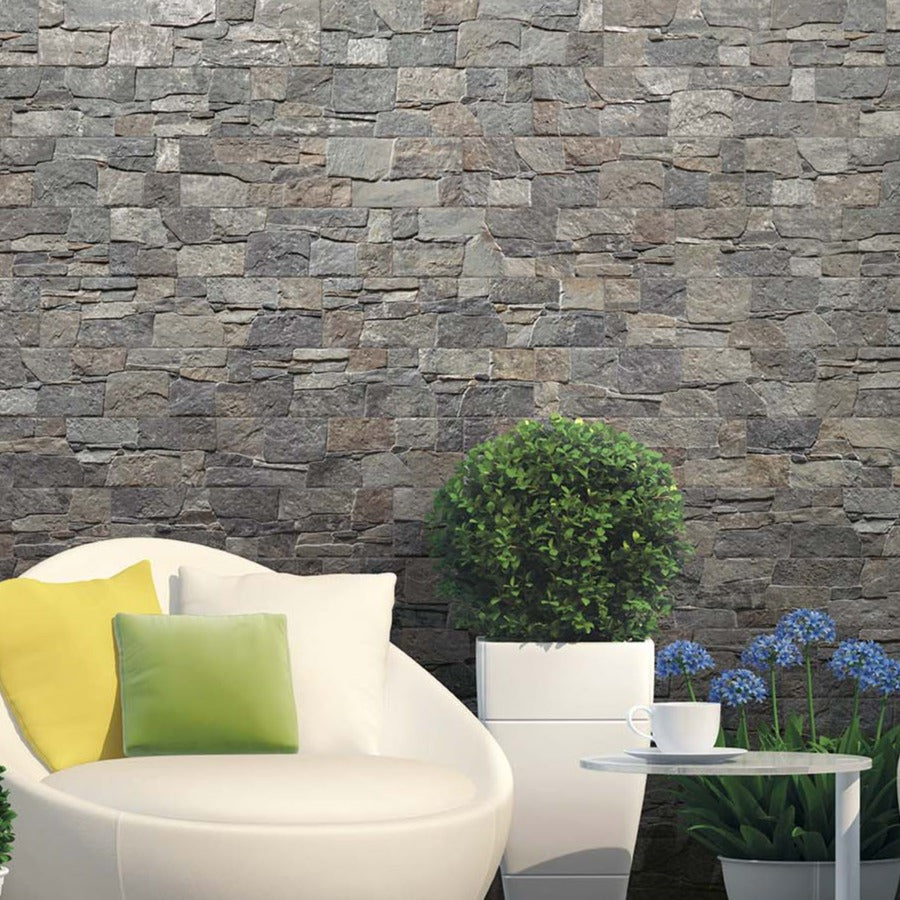
Lyon Multicolour Porcelain Wall Cladding 15x61cm
What is outdoor cladding?
Outdoor cladding refers to the application of one material over another to provide a protective and decorative layer to the exterior walls of buildings. This non-structural, external surface is typically used to enhance the appearance of a building, improve its thermal insulation, and protect it from environmental factors such as moisture, weathering, and UV radiation.
Types of Outdoor Cladding
Outdoor cladding can be done in various materials, including timber, composite, uPVC, and porcelain. While the first options have their own set of practical applications, porcelain cladding stands out as a popular choice due to its non-porous, lightweight, and robust nature. It is water-resistant, fireproof, and available in diverse styles and colours, making it an aesthetically pleasing and durable option for exterior applications.
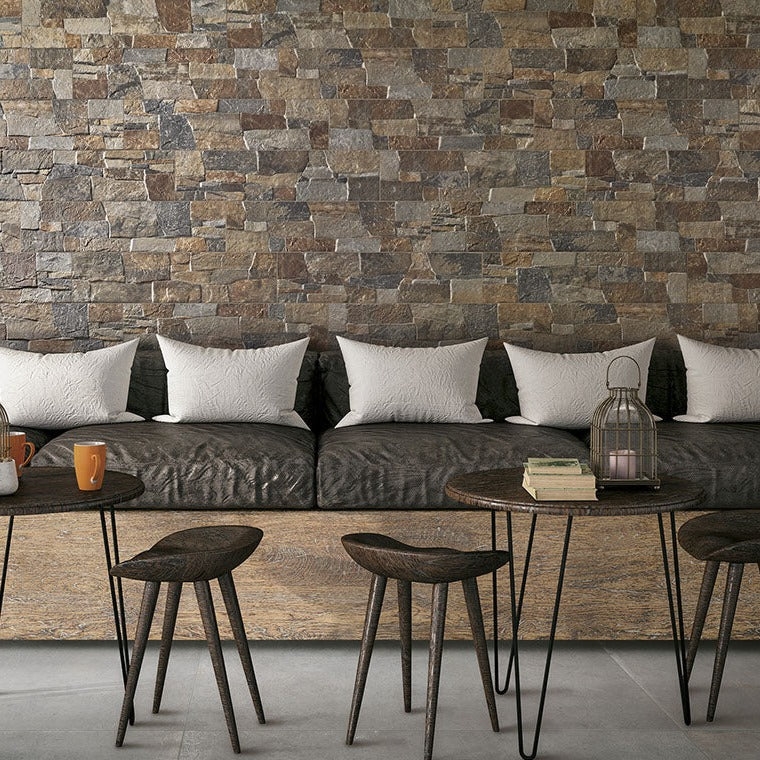
Lyon Red Porcelain Wall Cladding 15x61cm
Why choose porcelain outdoor cladding?
Porcelain cladding is an excellent choice for outdoor applications in the UK due to its combination of aesthetic appeal, durability, and practical benefits. Here are some key reasons to consider porcelain cladding for your property:
Durability and Weather Resistance
Porcelain cladding is highly resistant to the elements, making it ideal for the UK's often wet and variable climate. Its non-porous nature prevents water absorption, which protects against frost damage during colder months and ensures long-term durability.
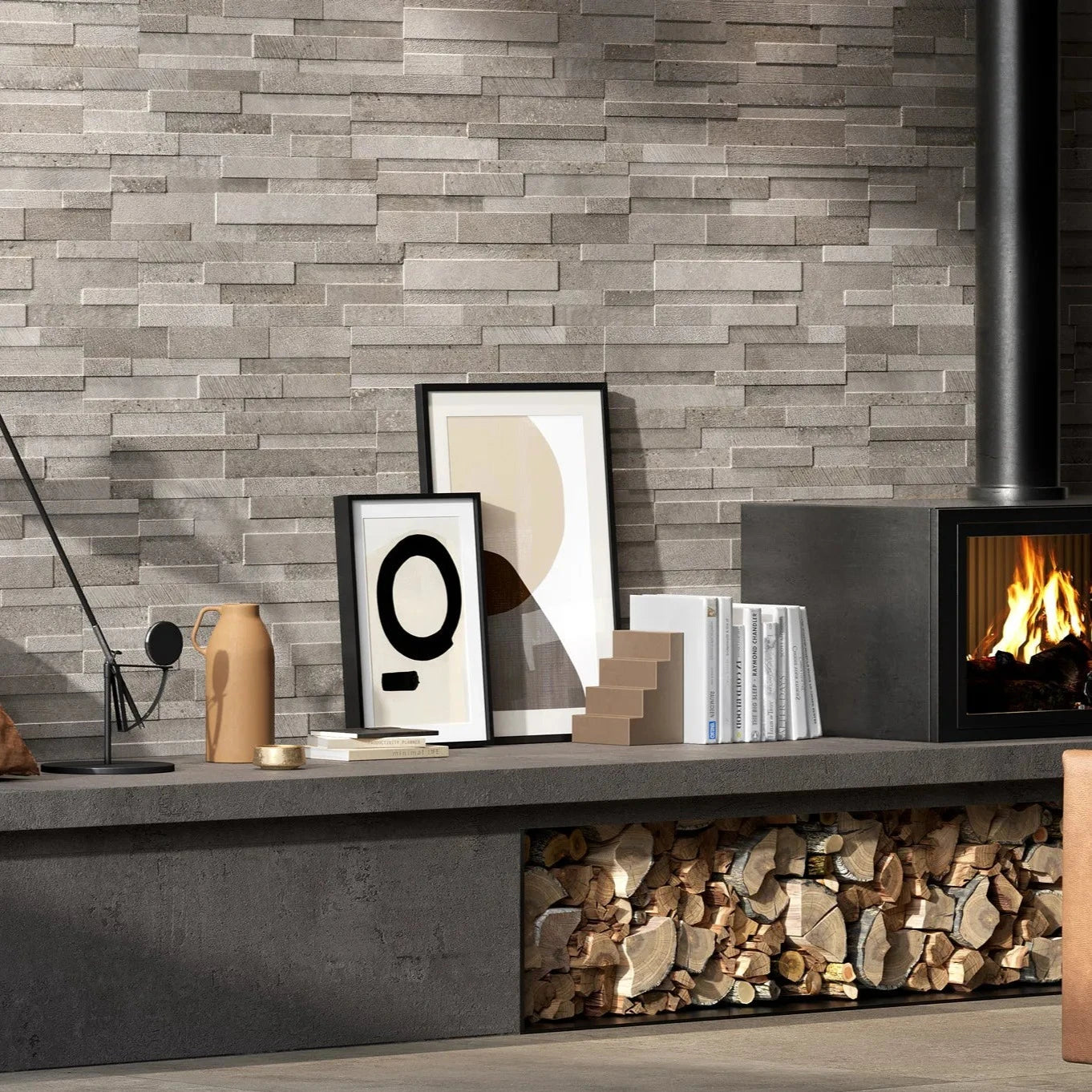
Loft Taupe 3D Outdoor Wall Cladding 15x61cm
Low Maintenance
Porcelain material requires minimal upkeep compared to other cladding options. Its resistance to mould, mildew, and stains means that regular cleaning with mild detergents is sufficient to maintain its appearance, reducing long-term maintenance efforts and costs.
Aesthetic Versatility
Available in a wide range of colours, textures, and finishes, porcelain cladding can mimic the look of natural stone, wood, or concrete. This versatility allows for creative and customised designs that can complement various architectural styles, enhancing the visual appeal of both modern and traditional UK homes.

Wall Art Griege Porcelain Cladding 15x61cm
Strength and Impact Resistance
Porcelain is a dense and hard material, making it highly resistant to scratches, abrasions, and impacts. This strength ensures that the cladding remains in excellent condition even in high-traffic areas or where it may be subjected to physical wear and tear.
Fire Resistance
Porcelain is inherently fire-resistant, adding an extra layer of safety to buildings. This is particularly important for exterior applications, where compliance with UK fire safety regulations is crucial.
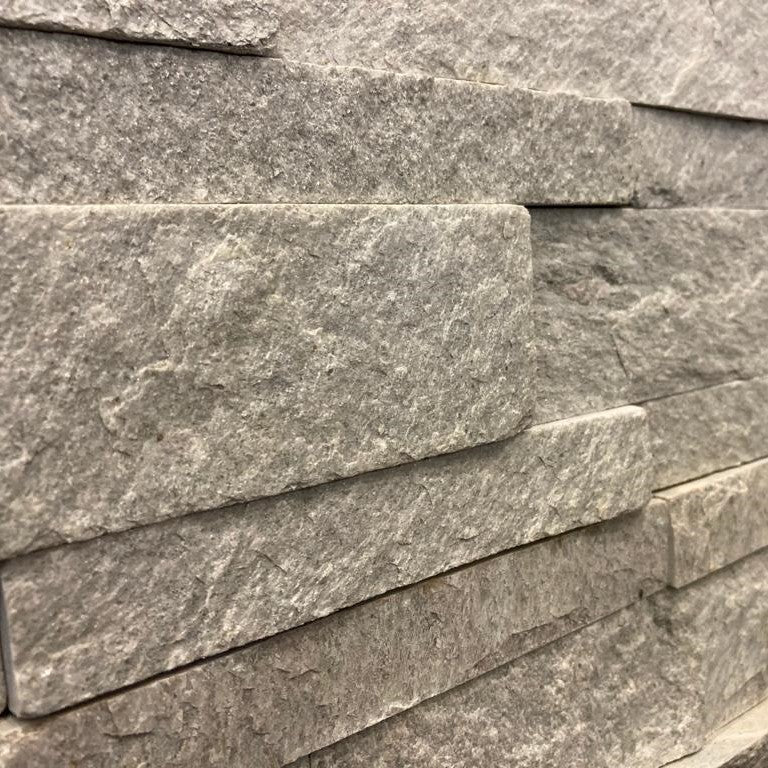
Splitface Snow White Natural Stone Wall Cladding 15x60cm
How to install outdoor porcelain cladding?
Installing outdoor porcelain cladding involves several key steps to ensure a secure, durable, and aesthetically pleasing finish. Here is a general guide to the installation process, adapted to the UK's climate and typical building conditions:
Installation Considerations
Installing outdoor cladding involves attaching the cladding material to the primary structure of the building. Key factors to consider during installation include ensuring a flat, non-flexible surface, using appropriate adhesives, and potentially incorporating backer boards for uneven surfaces.
Preparation
Ensure the surface to be clad is flat, clean, and free from any loose debris. Porcelain cladding can be installed on various substrates, including brick, concrete, and cement board. Choose a dry day for installation, as moisture can affect the adhesive and bonding process. The UK's variable weather means avoiding installation during rainy or extremely cold conditions.

Materials and Tools
Select high-quality porcelain cladding suitable for exterior use. Use a weather-resistant, flexible tile adhesive designed for outdoor applications. The tools you will need are a notched trowel, tile spacers, level and tile cutter.
Applying the Adhesive
Prepare the adhesive according to the manufacturer’s instructions. Using a notched trowel, spread the adhesive onto the wall in small sections to prevent it from drying out too quickly. Apply a thin layer to the back of the cladding panel as well for better adhesion.

Installing the Cladding Panels
Start from the bottom of the wall and work your way up, placing the first row of panels and pressing them firmly into the adhesive. Use tile spacers to maintain consistent gaps between panels for grout lines. Continuously check that each panel is level and correctly aligned. Adjust as necessary before the adhesive sets. Measure and cut panels to fit edges and corners using a tile cutter or wet saw. For best results, use a continuous-rim porcelain blade.
Grouting and Finishing
Once the adhesive has cured, apply a suitable waterproof outdoor grout to the gaps between panels. Wipe away excess grout with a damp sponge before it hardens. Although porcelain is inherently resistant to moisture, sealing the grout can provide additional protection against the damp climate.
Curing and Final Checks
Allow the grout and adhesive to fully cure, which can take several days. Protect the cladding from moisture during this period. Conduct a final inspection to ensure all panels are secure, and there are no gaps or misaligned sections. Make any necessary adjustments before the adhesive and grout are completely set.

Choosing and installing outdoor cladding can significantly transform the appearance and performance of your building. Porcelain cladding stands out as a premier choice for many UK homeowners due to its impressive durability, low maintenance, and versatile aesthetic. Its resistance to variable weather conditions and easy installation, makes it an attractive option.

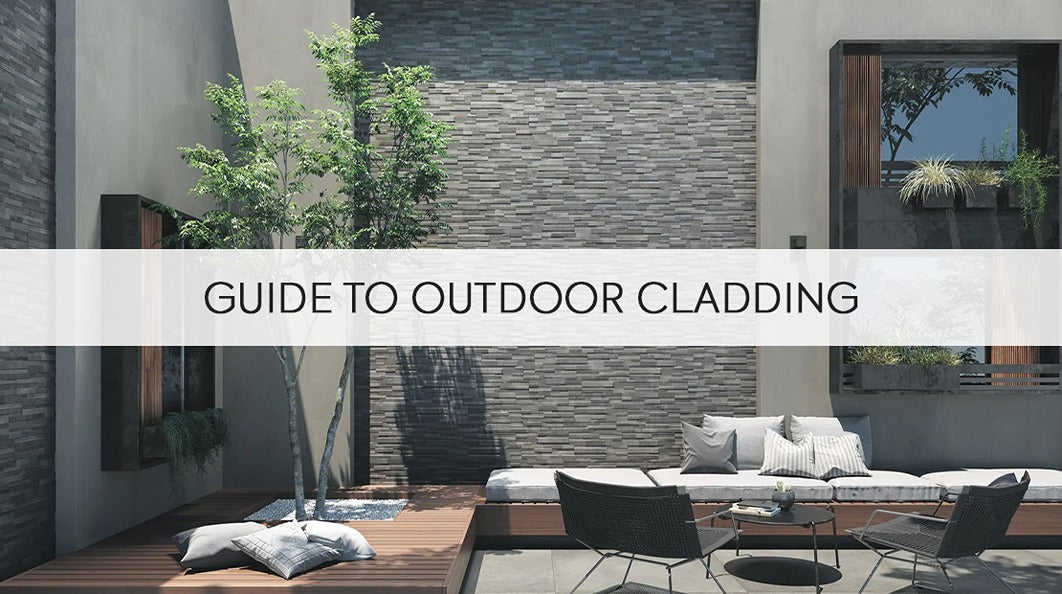
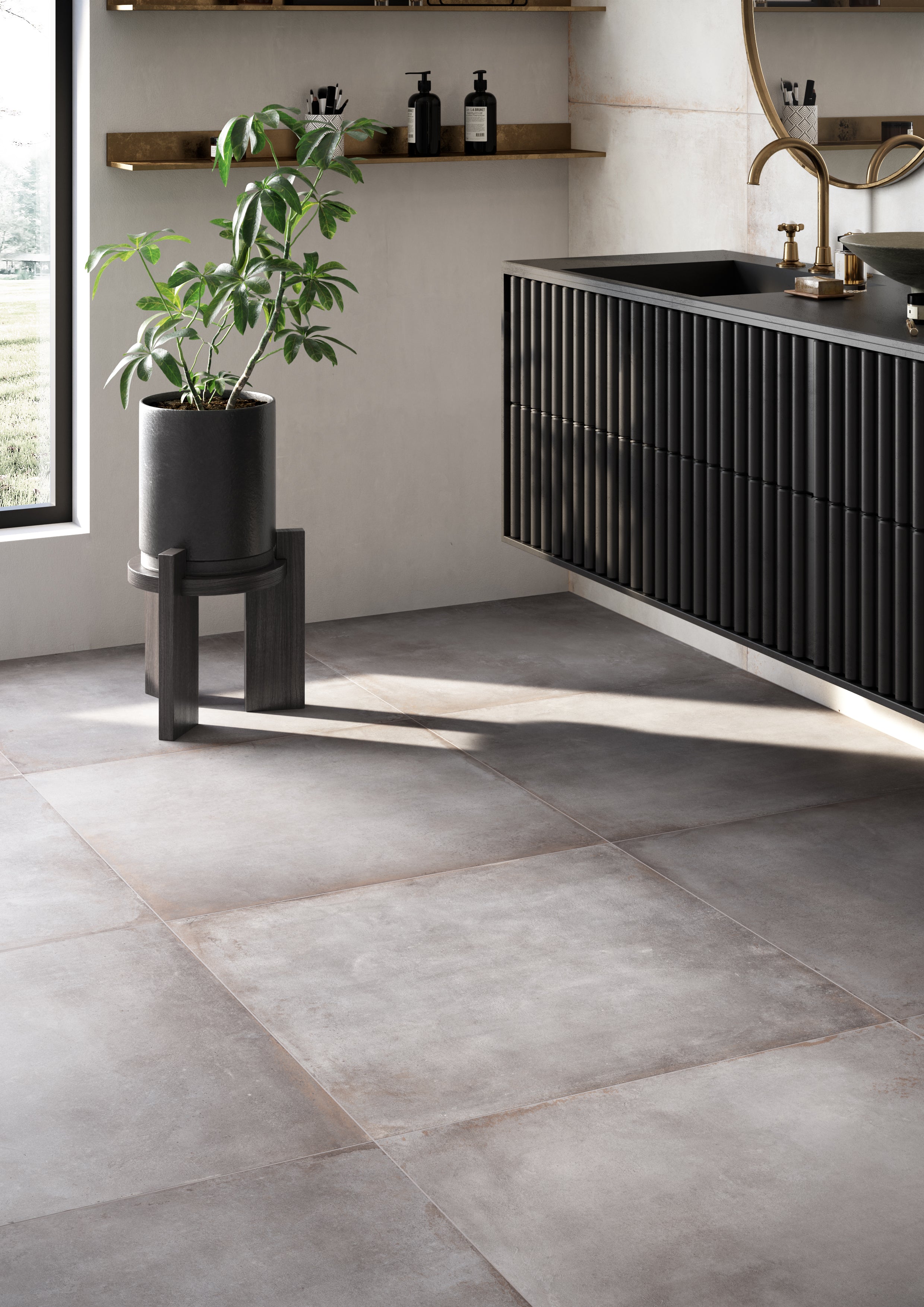
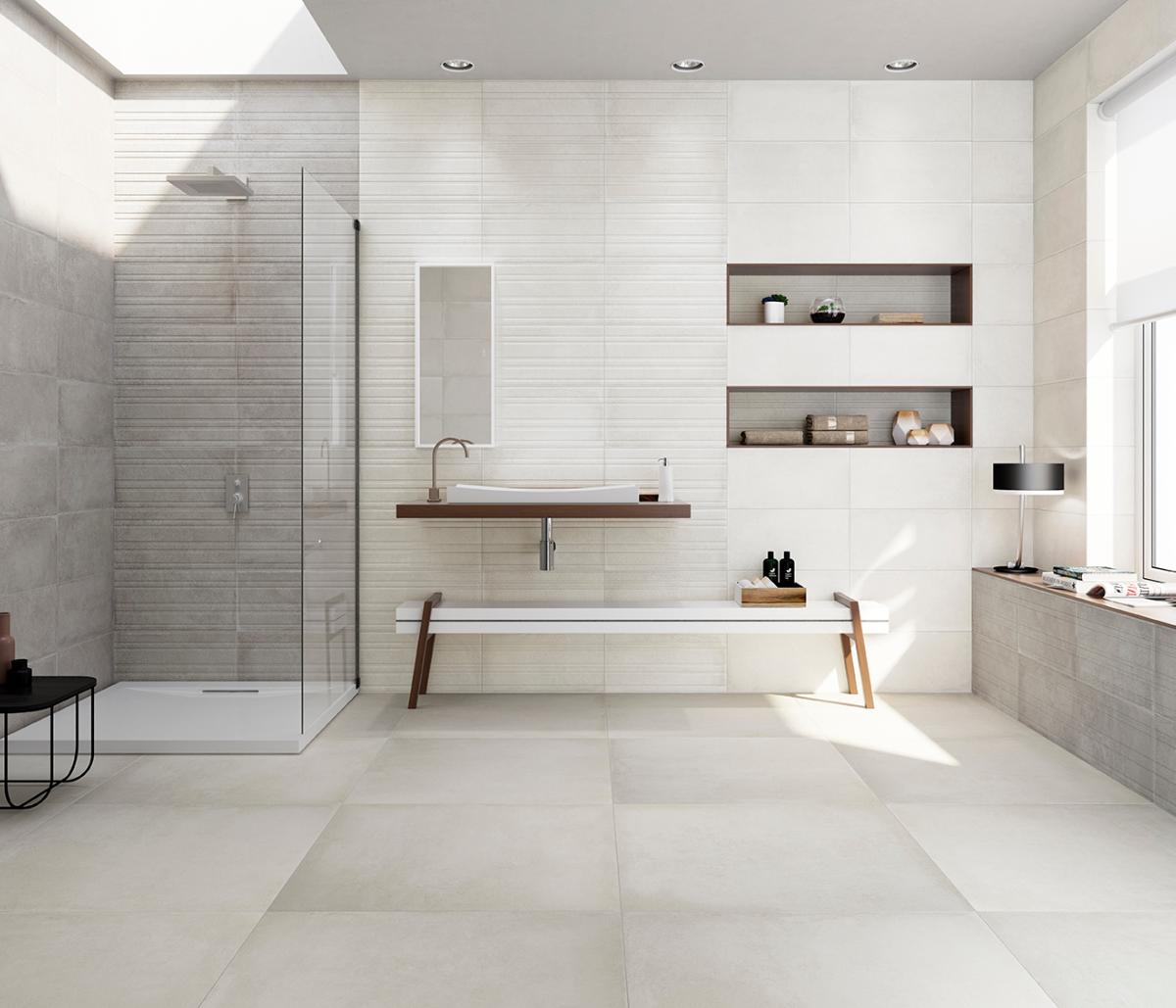
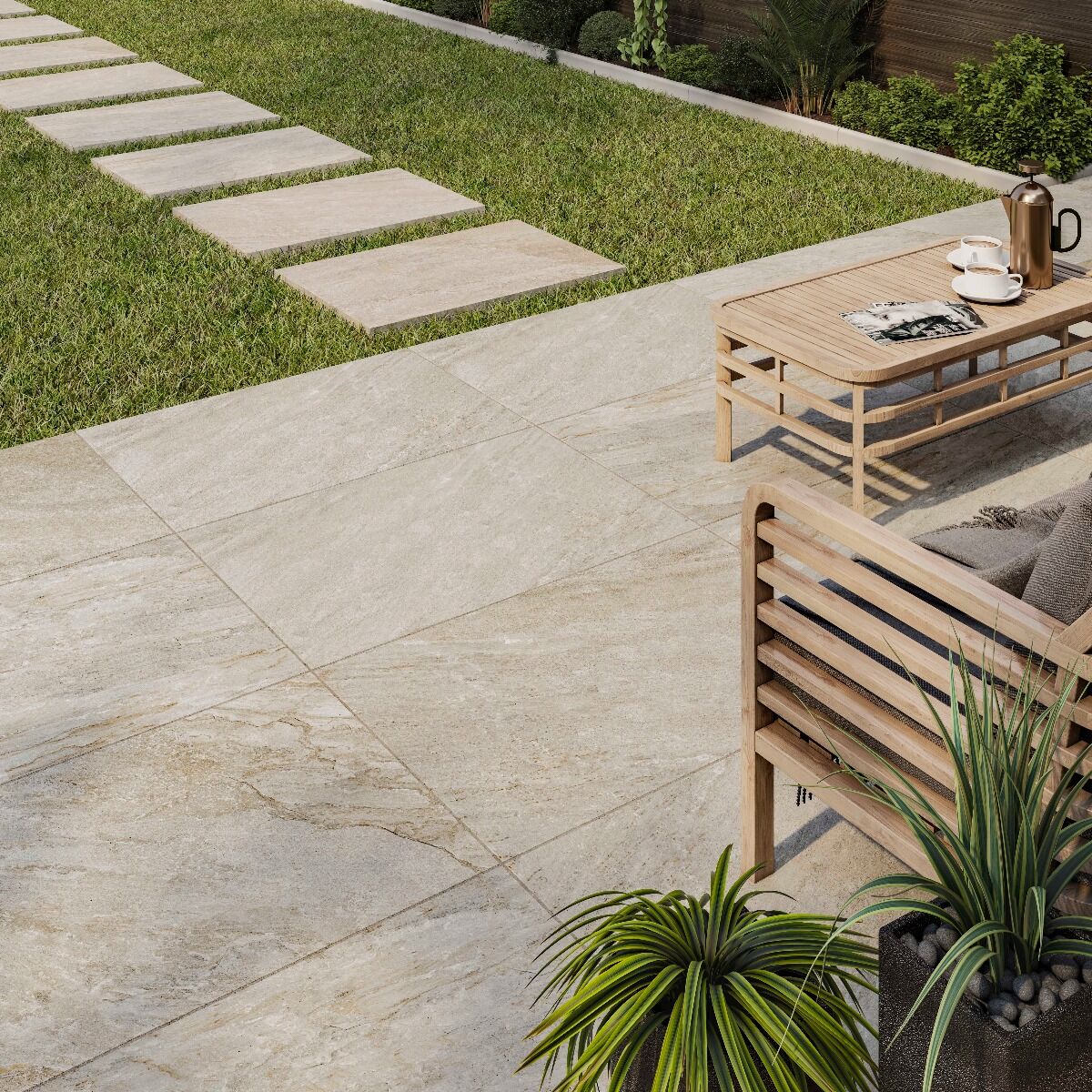
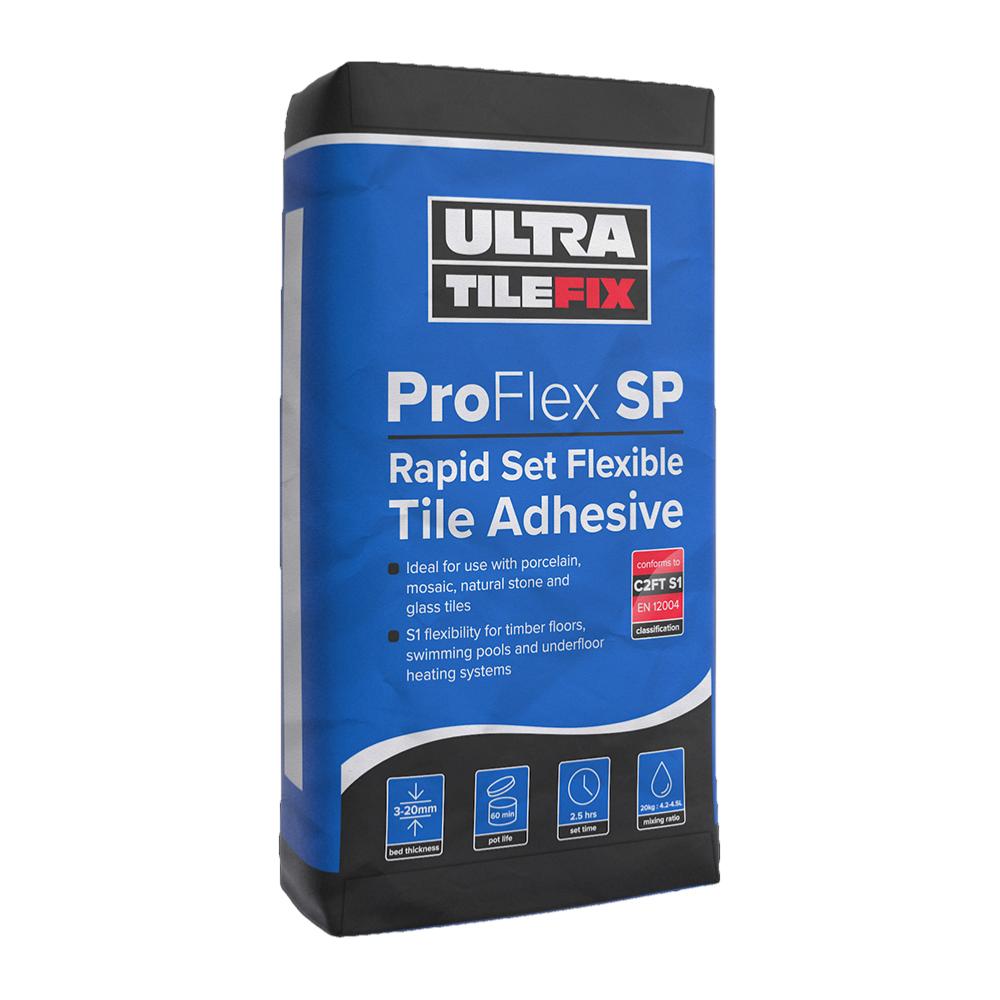
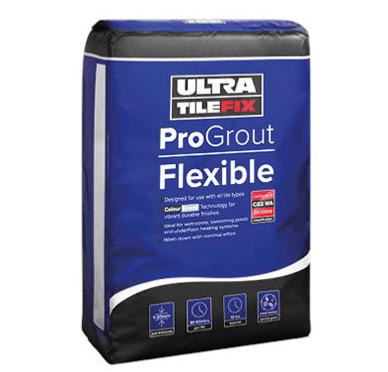
1 comment
scopegranites
The article “Transform Your Exteriors: A Comprehensive Guide to Outdoor Cladding” from Tiles Ahead offers valuable insights into enhancing your home’s exterior.